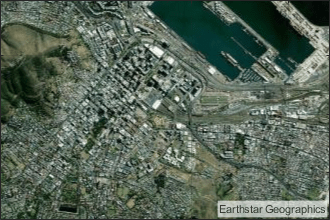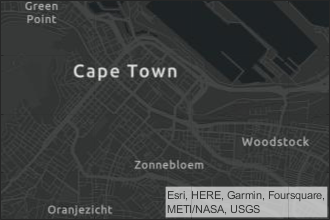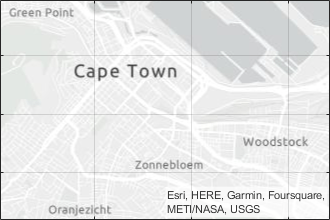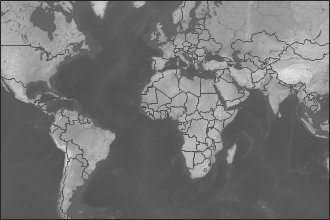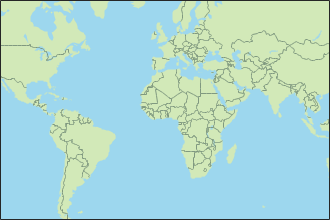このページは機械翻訳を使用して翻訳されました。最新版の英語を参照するには、ここをクリックします。
satelliteScenarioViewer
説明
satelliteScenarioViewer オブジェクトは、satelliteScenario オブジェクトの 3D 可視化を表します。このオブジェクトを使用して、衛星または地上局をダブルクリックし、カメラを衛星または地上局に焦点を合わせます。一度焦点を合わせると、カメラを回転させて選択した衛星/地上局の周りを周回することができ、パンアウトすることはできません。フォーカスを解除するには、ビューア内の他の場所をダブルクリックするか、ホームボタンを押す必要があります。
作成
構文
説明
satelliteScenarioViewer( は、指定された衛星シナリオ用の 3D または 2D衛星シナリオ ビューアーを作成します。衛星シナリオ ビューアー は3D マップ表示であり、WebGL™ のハードウェア グラフィックス サポートが必要です。scenario)
v = satelliteScenarioViewer(scenario)
satelliteScenarioViewer( は、1 つ以上のオプションの名前と値の引数を使用して プロパティ を設定します。たとえば、scenario,Name=Value)satelliteScenarioViewer(scenario,Position = [1 1 500 500]) は位置を [1 1 500 500] に設定します。
プロパティ
オブジェクト関数
campos | 衛星シナリオ ビューアーのカメラの位置を設定または取得する |
camheight | Set or get height of camera for Satellite Scenario Viewer |
camheading | 衛星シナリオ ビューアーのカメラの向首角を設定または取得します |
camroll | 衛星シナリオ ビューアーのカメラのロール角度を設定または取得します |
campitch | 衛星シナリオ ビューアーのカメラのピッチ角を設定または取得します |
camtarget | 衛星シナリオ ビューアーのカメラターゲットを設定する |
play | 衛星シナリオシミュレーション結果をビューアで再生する |
showAll | ビューアですべてのグラフィックを表示 |
hideAll | 衛星シナリオビューアのすべてのグラフィックを非表示にする |
例
バージョン履歴
R2021a で導入
